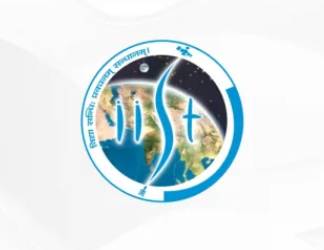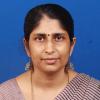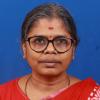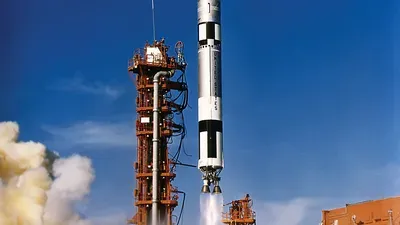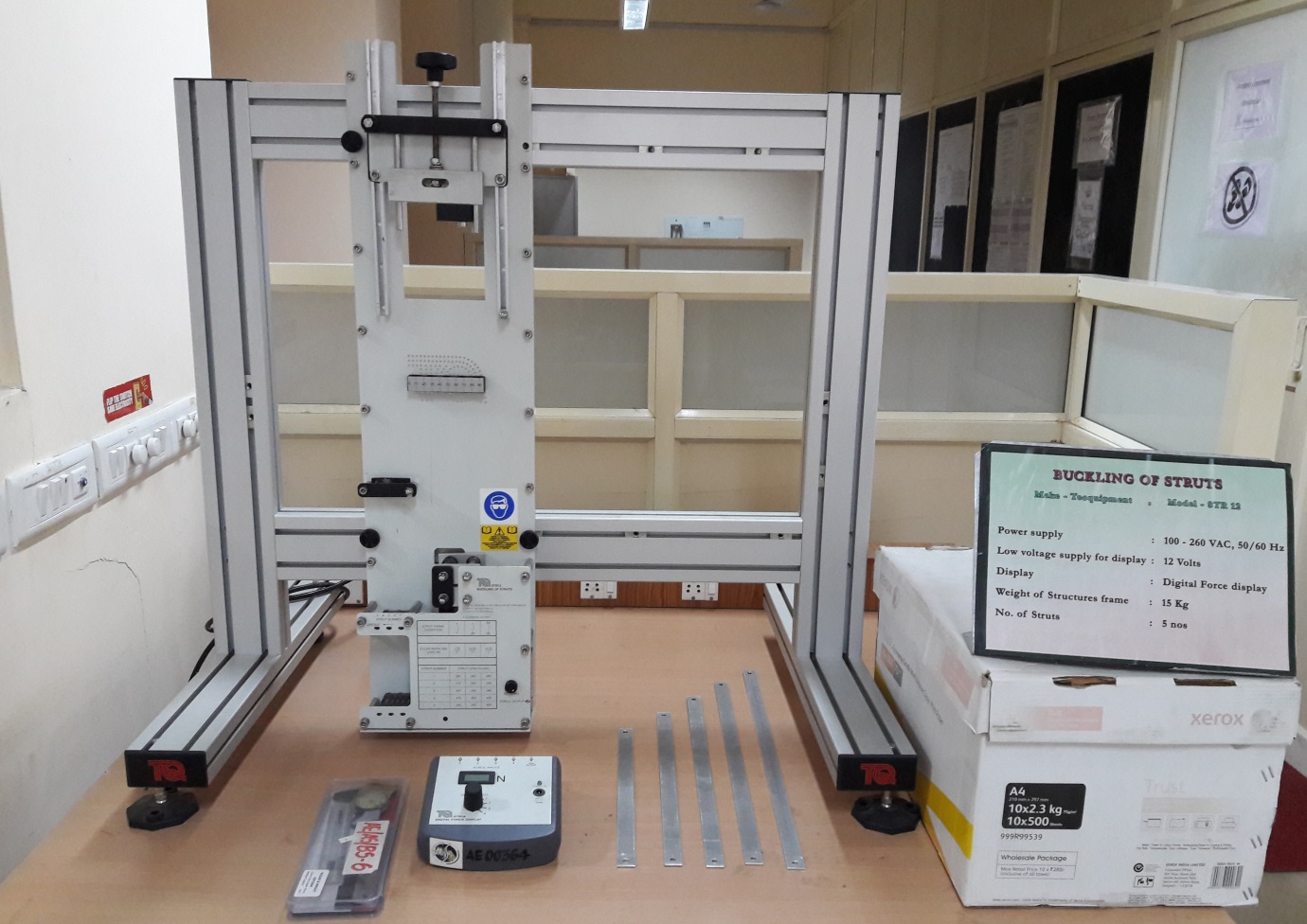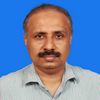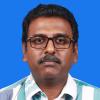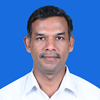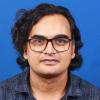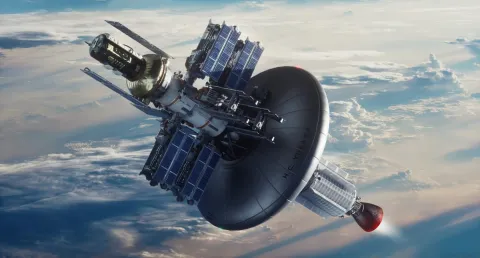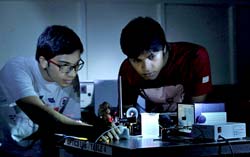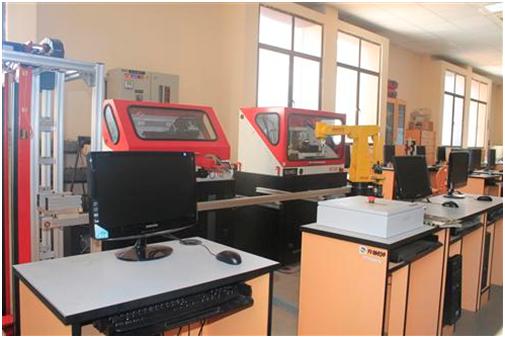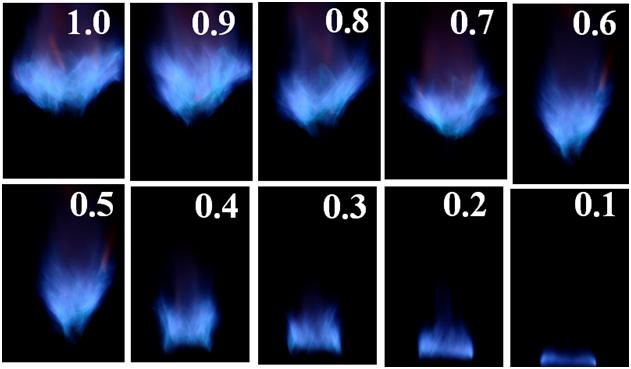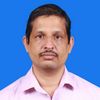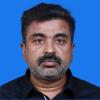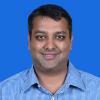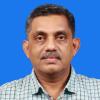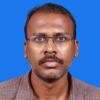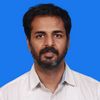In addition to ISRO funded projects, the faculty members of IIST are engaged in externally funded projects from national agencies/society/departments such as DST-SERB, ICSSR, MoES, DBT, Ministry of Electronics and Information Technology -MeitY, DRDO, KSCSTE etc, in the niche areas of space science technology and applications as listed below.
-
Remote Sensing
In a data-driven era, geospatial information has become an essential asset, applicable in areas such as urban planning and the monitoring of environmental and natural resources. This data offers vital insights into the spatial aspect of information, facilitating informed decision-making across various sectors. The growing complexity of global issues—like urbanization, climate change, disaster management, and natural resource oversight—has heightened the necessity for precise and timely geospatial data.
The Remote Sensing Group within the Department of Earth and Space Sciences consists of three faculty members dedicated to analyzing geospatial data and advancing geoinformatics. Their research emphasizes the development of innovative methods and techniques for processing and interpreting data obtained from a diverse array of geospatial sensors, including Unmanned Aerial Vehicles (UAVs), ground-based systems, and satellite platforms.
The group extensively utilizes data from multispectral, hyperspectral imaging, microwave, LiDAR, and other remote sensing technologies to tackle real-world challenges. Their research encompasses various application domains, such as agriculture, urban studies, coastal zone monitoring, and disaster management. By integrating sophisticated geospatial analytics, machine learning techniques, and multi-sensor data fusion, the Remote Sensing Group makes significant contributions to both scientific research and practical solutions aimed at sustainable development and environmental management.
Beyond research, the group is instrumental in providing the M.Tech program in Geoinformatics, which has been successfully operating since 2013. With an annual enrollment of 10 students, the program draws candidates from open channels as well as from organizations like ISRO and DRDO. Graduates of this program often secure positions in leading geospatial organizations.
The group is also actively involved in several externally funded research projects, supported by national agencies and organizations. These projects focus on cutting-edge technologies and address pressing real-world problems, including climate resilience, smart agriculture, urban sustainability, coastal ecosystem monitoring and disaster preparedness.
Through a blend of cutting-edge research and academic excellence, the Remote Sensing Group continues to contribute to the advancement of geospatial technologies for sustainable development and scientific discovery.
Key Research Areas:
Studying Geoinformatics at IIST
- The M.Tech in Geoinformatics program at the Indian Institute of Space Science and Technology (IIST) is designed to provide in-depth knowledge and practical skills in the field of geospatial science and technology.
- The program admits 10 students annually, including open category and sponsored candidates.
- The admission is through valid GATE score as given in the IIST admission portal
Graduates of the program have an excellent track record, finding placements in leading geospatial companies, government agencies, and research institutions, or pursuing doctoral studies in India and abroad. The program prepares students to be at the forefront of geospatial innovation, contributing to national development and global scientific advancement.
Remote Sensing lab
The Remote Sensing Lab at the Indian Institute of Space Science and Technology (IIST), housed within the Department of Earth and Space Sciences, is a dedicated facility for research and education in the field of geospatial science and technology. The lab supports a wide spectrum of activities in remote sensing, geoinformatics, and spatial data analysis, facilitating both academic learning and advanced research.
Equipped with high-performance computing systems, image processing software, and specialized tools for handling data from hyperspectral, LiDAR, UAV, and satellite-based sensors, the lab enables the development of innovative techniques for geospatial data processing and interpretation.
The Remote Sensing Lab serves as a key resource for the department’s M.Tech in Geoinformatics program, providing students and researchers with hands-on experience in analyzing and applying remote sensing data to real-world problems. Research conducted in the lab spans diverse application areas including agriculture, forestry, urban planning, coastal studies, and disaster management.
Lab Facilities
INSTRUMENTS
- GARMIN HANDHELD RECEIVER GPS
- MIRROR STEREOSCOPE WITH BINOCULAR 3X IN WOODEN BOX
- DISTO D8 HANDHELD LASER DISTANCE METER, WITH RANGE:0.05M TO 200M FT/INCH.
- FIELDSPEC HANDHELD (325- 1075 NM)/ITEM NO. A103000
- FIELDSPEC 4-ASD 350-2500 NM
- PART NO. 75000-20 TRIMBLE R3 DGPS SYSTEM
- PORTABLE CHLOROPHYLL CONTENT METER, MODEL MC-100
- FARO TERRESTRIAL LASER SCANNER
- LEICA DISTO S910 LASER DISTANCE METER
- USB QUANTUM SENSOR MODEL SQ420
- PLANT CANOPY ANALYZER, MODEL CI-110
- SVC HYPERSPECTRAL SPECTRORADIOMETER
- HYPERSPECTRAL IMAGER
- GNSS RECEIVER
- UAV WITH MULTISPECTRAL AND RGB CAMERA
LIST OF LICENSED SOFTWARES
- ENVI 5.6
- ERDAS 2018
- TERRASOLID
- eCognition Developer 9.6
- ArcGiS10.8.2
- Pix4D
-
RF and Microwave Engineering
-
Science Fiction
Science Fiction is a literary genre that deals with the impact of actual or imagined science on society or individuals. With the advent of space travel, human visits to moon, cloning, and other feats achieved by the technological advancements, the significance of science fiction advanced like anything. Discussions of Utopias, Dystopias, Soft SF, Hard SF, Time Travel, Women in SF, Cybernetics and SF, Issues of gender, ecology, language, power, genetic engineering, imaginative literature, and major techniques dealt with SF are also included.
-
Semiconductors and IC Design
The group has 2 faculty members working in various specialized areas of micro-nano fabrication, modeling etc. Major areas of research currently control group is dealing with are:
- VLSI design
- IC Design, sub-threshold design methodology and system implementation
- Very low voltage circuits for wireless sensor Networks & Biomedical signal processing
- Signal processing hardware for color image processing, image analysis, object recognition
- Analog IC design
- Fault tolerant computing
-
Signal processing and Communication engineering
The group has 3 faculty members working in various specialized areas of signal and image processing, image compression etc. Major areas of research currently this group is dealing with are:
- Reinforcement Learning
- Communication Networks
- Neuro Fuzzy Systems
- Computer Vision and Object Recognition
- Speech coding
- Image compression
- Communication systems
- Digital signal processing
- Three dimensional object Recognition
- Robotic Vision
- Modeling virtual reality environments for space applications
-
Solid Earth
The department has one geologist who is actively pursuing multitudes of research projects on planetary geosciences. Solid Earth group concerns itself with the study of processes associated with the origin and evolution of various rocks and minerals on Earth and nearby solar system bodies, particularly the Moon and Mars. The specific research themes include the study of evolution of Earth’s mantle and lower crust, behaviour of trace and rare-earth elements in igneous and metamorphic systems, chromite genesis in ultramafic-mafic rocks, mineral deposits associated with various rok types and significance of fluid inclusions in economic mineral deposits, stable and radioactive isotopes in igneous petrogenesis and genesis of anorthosites in earth and moon.
The Geology group is planning to develop an active research base in Planetary Geoscience studies at the institute. The faculty has started collaboration with SAC, Ahmadabad and PRL, Ahmadabad on future Planetary Science exploration programmes such as PLANEX and Chandrayaan-2. The group has started working on identifying and studying terrestrial sites that are lunar and Martian analogues. Geological fieldwork will be carried out at these sites in addition to mock in-situ experiments for the proposed space planetary missions.
-
Space Economics and Policy
The goal of the course is to introduce the student to an emerging area called space economics and particularly to provide her/him with the basic theoretical and empirical inputs to evaluate the direct and indirect benefits & Public good nature of space program in the changing Indian and global context. Also, the course envisages inculcating a broader understanding of the global context of space industry and space policy, the role of innovations, methodological challenges and cost benefit of space program & approaches and future of space business, industry and application services.
-
Structures and Design
- Finite element analysis of aerospace structures
- Rover design for lunar mission
- Computational structural mechanics, Mesh free methods, Stochastic mechanics
- Structural dynamics and vibrations; Non-linear dynamics; Structural acoustics
- Smart materials; piezoelectric structures
- Elastic wave propagation; Structural health monitoring
- Mechanics of biological and bio-inspired composites using molecular dynamics
- Design, development and control of integrated systems like wheeled planetary rovers; deployment mechanisms and aids for rehabilitation.
- Dynamics of rigid body systems, Optimal design, Automatic control, Robotics
- Damage detection in composite and Isotropic materials using time reversed Lamb waves
- Efficient Piezoelectric beam Finite Element formulations based on coupled polynomial interpolations
- Atomistic simulations on the mechanical behavior of Bio-inspired brittle matrix nano-composites
- Wheeled rover with actively articulated suspension for planetory terrains
- Non-linear rotor dynamics( Friction induced vibration in rotating machines)
- Investigation of holographic interferometry techniques for strain measurement and non-destructive testing
- Stochastic wavelet methods for structural mechanics
- Defect detection enhancement in Aerospace composite structures
- Structural health monitoring of stiffened structures
- Path planning of rovers with identification of topographic and soil characteristics
- Very low cycle fatigue analysis of thin shells due to repeated buckling
Research Labs
-
Surface Engineering
Tuning of surface properties of nanomaterials is required to overcome the inherent limitations of nanomaterials. Plasma surface modification, an eco friendly dry method, is used for the surface functionalization of carbon based nanomaterials like carbon nanotube, graphene, and carbon based hybrid nanomaterials. Potential applications of plasma functionalized nanomaterials in the areas of nanocomposite and as working electrode in electrochemical sensor are being explored.
-
Suspension Rheology
Studying the effects of particle and fluid inertia for prolate spheroids at low Reynolds numbers under the action of a periodic external force field. In future this work can be extended for the oblate spheroids. The possibility of chaos in the dynamics can be examined. The results of this problem may provide insight into the development of fluids whose rheological properties can be controlled with small changes in controllable parameters. Planned to study the effects of particle and fluid inertia for prolate spheroids in a uniform true dependent flow field at low field at low Reynolds numbers under the action of a periodic external force field.
-
Synthetic Organic Chemistry
- Computational design and development of theranostic agents Our group focuses on the design of molecules for customized applications followed by their chemical synthesis using organic reactions and testing. Currently, molecular systems are being developed for medical applications with a special emphasis on theranostic applications.
- Combinatorial chemistry, drug discovery and drug delivery The principles, tools and techniques of combinatorial chemistry are being explored by our group to develop novel molecular entities centred around heterocyclic cores to enhance molecular diversity. The libraries are initially screened using docking studies employing cancer biomarkers and promising systems are chemically synthesized and tested for anticancer activities followed by protein binding studies. For targeted drug delivery, we currently employ dendrimers.
- Self assembled molecular architectures Self-assembly of molecules into well-defined nanostructures with controlled size, morphology and optical properties is a challenging task in the “bottom-up” construction of supramolecular architectures. Herein our department, we are focusing on the development of self-assembled molecular architectures from bioresources and controlling the self–assembly via concerted action of noncovalent interactions. These self-assembled architectures have potential uses in molecular devices, stimuli responsive materials, solar cells etc.
-
Thermal and Propulsion
- Laser diagnostics: concentration, velocity and drop size measurements
- Rocket injector spray characterization
- Film cooling in combustion chambers/nozzles/turbine blades
- Modelling and simulation of turbulent, compressible, reacting flows.
- Reactive heat flow simulations, supersonic combustion modelling
- Optical and laser diagnostics in reacting and non-reacting flows
- Laminar and turbulent premixed combustion burning velocity, swirl combustion
- Electronic cooling in mini/micro scales
- Characterization of two phase flow in conventional and cryogenic systems
- Computational fluid dynamics
- Studies on Film cooling in rocket combustion chambers
- Investigations of Heat transfer characteristics of kerosene based nano fluids
- A study of Elliptical and circular jets at thermodynamic subcritical and supercritical conditions
- Combustion enhancement studies in vortex-hybrid rocket engines
- Nozzle flow separation phenomena and its control
- Modelling and characterization of cavitating venture
- Heat transfer and fluid flow in micro channels
- Jet characteristics at subcritical, critical & supercritical conditions
- Thrust augmentation studies on nuclear thermal rocket
- Thrust vectoring of solid rocket nozzle by secondary fluid injection
- Mixing enhancement studies in Supersonic combustors
Research Labs
-
Time Series Analysis
Presently working in the area of analysis and modeling of naturally occurring series from Ionospheric and Magnetospheric data. Investigating the chaotic dynamics of the time series of Total Electron Content (TEC), the geomagnetic horizontal Intensity (H) and the ring current index (Dst). The analysis based on the calculation of the invariant characteristics such as Lyapunov exponent, Correlation dimension, etc. and of the surrogate data test established the existence of a low dimensional deterministic chaotic system in all cases.



